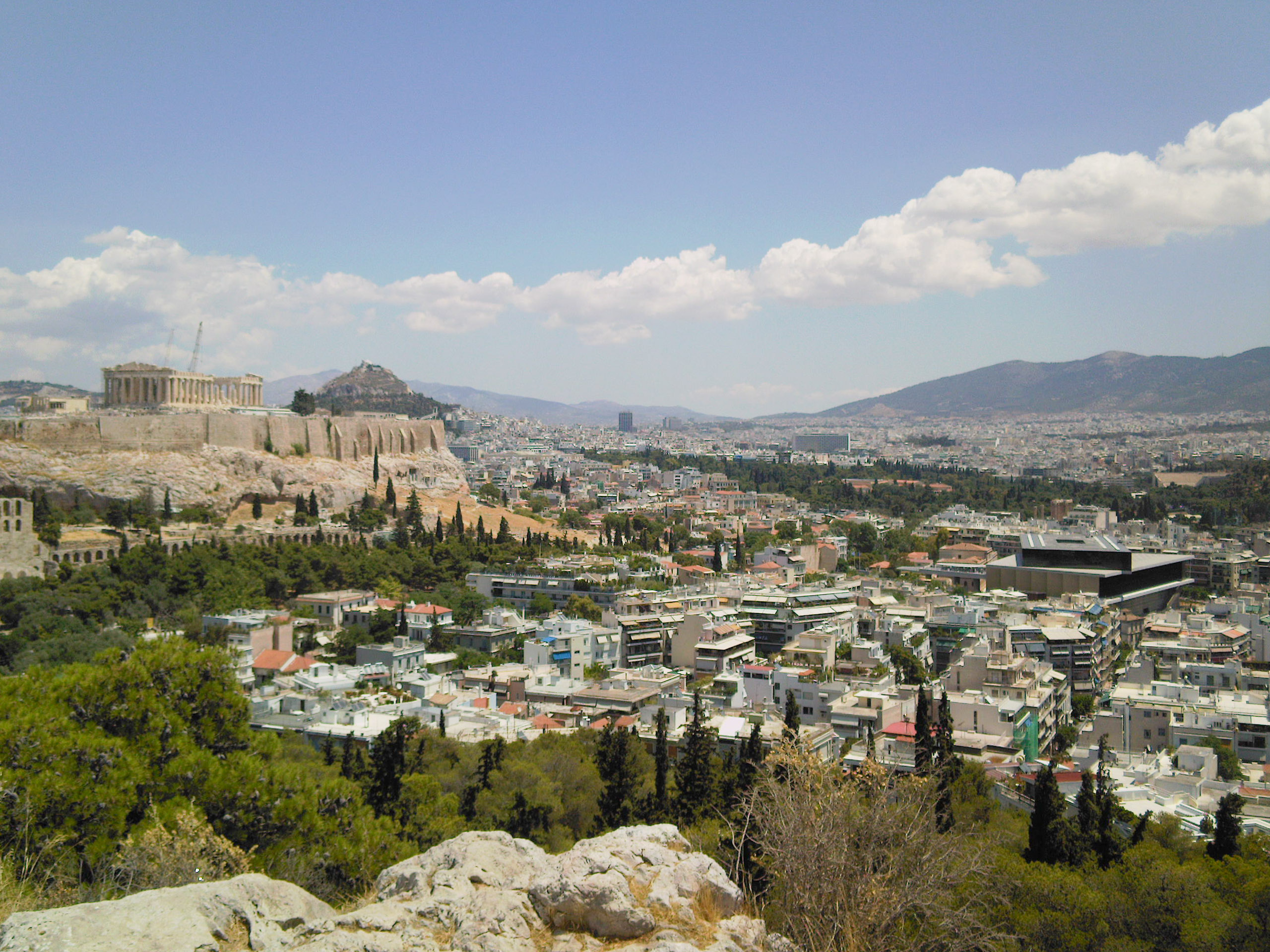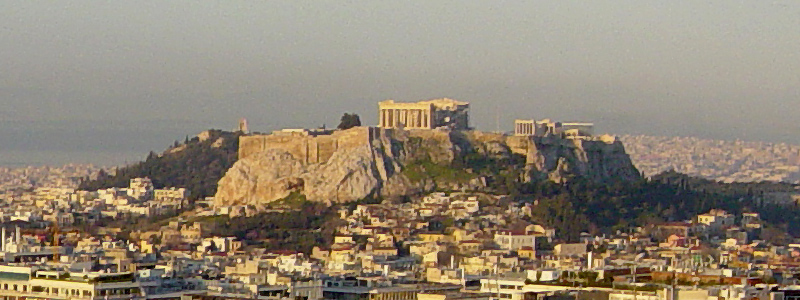|
Finnish Institute At Athens
The Finnish Institute at Athens (Greek: Φινλανδικό Iνστιτούτο Aθηνών, ''Finlandikó Institoúto Athinón'', ''FIA'') is a scientific institute of Finland, operating in Athens, Greece. The institute's main objective is to practice and promote research on Greek archaeology, history, language and culture from antiquity until the present day. It is one of the 19 foreign archaeological institutes operating in Greece. The institute opened in 1984, which makes it the second oldest scientific institute of Finland operating abroad. The current director of the institute is Petra Pakkanen (2021–). The institute's operations are sustained and founded by the Foundation of the Finnish Institute at Athens. History Founding Nils Oker-Blom, the rector of the University of Helsinki, suggested in 1982, that Finland should open an institute in Athens, similar to the Finnish Institute in Rome which had been operating from Villa Lante since 1954. Behind the initiative ... [...More Info...] [...Related Items...] OR: [Wikipedia] [Google] [Baidu] |
Nordic Library At Athens
The Nordic Library at Athens ( el, Βιβλιοθήκη των Βορείων Χωρών στην Αθήνα) is one of several international archaeological libraries in Athens, Greece. It is located in the Makrigianni area of Athens. It was established in 1995, as a cooperative venture run by the Danish Institute at Athens, the Finnish Institute at Athens, the Norwegian Institute at Athens and the Swedish Institute at Athens. It currently holds about 40,000 volumes. Modern archives The library houses the archives of the Greek-American poet and art historian Nikos Kalamaris, known under the pseudonym Nicolas Calas Nicolas Calas ( el, Νικόλαος Κάλας) (May 27, 1907 – December 31, 1988) was the pseudonym of Nikos Kalamaris (), a Greek-American poet and art critic. While living in Greece, he also used the pseudonyms Nikitas Randos () and M. Sp .... The archive of the surrealist artist was handed over in 1999 and includes letters, essays, articles and photograp ... [...More Info...] [...Related Items...] OR: [Wikipedia] [Google] [Baidu] |
Thesprotia
Thesprotia (; el, Θεσπρωτία, ) is one of the regional units of Greece. It is part of the Epirus region. Its capital and largest town is Igoumenitsa. Thesprotia is named after the Thesprotians, an ancient Greek tribe that inhabited the region in antiquity. History Thesprotia was part of the proto-Greek region in the late Bronze Age in which Greek archaic toponyms are were densely found. In antiquity, the territory of modern Thesprotia was inhabited by the ancient Greek tribe of Thesprotians and was bordered by the neighboring regions of Molossia to the north and Chaonia to the east. Thesprotia was part of the Epirote League before it was annexed by Rome where it became part of the Roman province of Epirus. After the fragmentation of the Roman Empire into East and West, it was part of the Eastern Roman (Byzantine) Empire until the late Middle Ages, except for a period of Bulgarian rule in the 9th-11th centuries. In c. 1430 it fell to the Ottomans. From the 8th-9th until ... [...More Info...] [...Related Items...] OR: [Wikipedia] [Google] [Baidu] |
Aetolia-Acarnania
Aetolia-Acarnania ( el, Αιτωλοακαρνανία, ''Aitoloakarnanía'', ) is one of the regional units of Greece. It is part of the geographic region of Central Greece and the administrative region of West Greece. A combination of the historical regions of Aetolia and Acarnania, it is the country's largest regional unit. Its capital is Missolonghi for historical reasons, with its biggest city and economic centre at Agrinio. The area is now connected with the Peloponnese peninsula via the Rio-Antirio Bridge. The surrounding regional units take in Arta in Epirus, a narrow length bordering Karditsa of Thessaly, Evrytania to the northeast, and Phocis to the east. Geography Mountains dominate the north, northeast, west and southeast, especially the Acarnanian Mountains. The longest and main river is the Acheloos, which ends as a delta in wetlands to the southwest on a rich fertile valley. The second longest is Evinos; others include the Ermitsa, the Inachos, and the Morn ... [...More Info...] [...Related Items...] OR: [Wikipedia] [Google] [Baidu] |
Temple Of Zeus Stratios
A temple (from the Latin ) is a building reserved for spiritual rituals and activities such as prayer and sacrifice. Religions which erect temples include Christianity (whose temples are typically called churches), Hinduism (whose temples are called Mandir), Buddhism, Sikhism (whose temples are called gurudwara), Jainism (whose temples are sometimes called derasar), Islam (whose temples are called mosques), Judaism (whose temples are called synagogues), Zoroastrianism (whose temples are sometimes called Agiary), the Baha'i Faith (which are often simply referred to as Baha'i House of Worship), Taoism (which are sometimes called Daoguan), Shinto (which are sometimes called Jinja), Confucianism (which are sometimes called the Temple of Confucius), and ancient religions such as the Ancient Egyptian religion and the Ancient Greek religion. The form and function of temples are thus very variable, though they are often considered by believers to be, in some sense, the "hous ... [...More Info...] [...Related Items...] OR: [Wikipedia] [Google] [Baidu] |
Victoria Metro Station (Athens)
Victoria ( el, Βικτώρια, ) is on Athens Metro Line 1, between Omonia and Attiki. It is named after the British monarch Queen Victoria. The station is underground, beneath Victoria Square, and was recently renovated. It is the first underground station of the northern group of Line 1 stations. The central station, Omonia, is also underground. The architectural style of the station is Art Deco and the walls are covered with light blue tiles in contrast with the tiles of the Omonia station, which are dark yellow. Before and after the renovation, the station's name is shown in big white labels that were made in Germany by ''Emaillierwerk Gottfried Dichanz''. The concept of the station is very similar to the stations in Berlin, the stairs in this concept go directly to the street. Victoria station is at 5 minutes walking distance from the National Archaeological Museum of Athens and from Athens University of Economics and Business Athens University of Economics and Busine ... [...More Info...] [...Related Items...] OR: [Wikipedia] [Google] [Baidu] |
Ambelokipi Metro Station
Ambelokipi ( el, Αμπελόκηποι, ) is a station on Line 3 of the Athens Metro. Located at Alexandras Ave. and Panormou Ave., it is close not only to Kifissias Ave., but also to some important buildings of Athens Athens ( ; el, Αθήνα, Athína ; grc, Ἀθῆναι, Athênai (pl.) ) is both the capital and largest city of Greece. With a population close to four million, it is also the seventh largest city in the European Union. Athens dominates ..., such as the Hellenic Police Headquarters, the Hellenic Supreme Court (Άρειος Πάγος) and the Apostolos Nikolaidis Stadium of Panathinaikos FC. Station layout Athens Metro stations located underground Railway stations opened in 2000 2000 establishments in Greece {{Athens-struct-stub ... [...More Info...] [...Related Items...] OR: [Wikipedia] [Google] [Baidu] |
Akropoli Metro Station
Akropoli ( el, Ακρόπολη) is a station on Athens Metro Line 2. The station opened on 15 November 2000, as part of the extension from to , The source reported that the opening ceremony took place at 12:00 on 15 November 2000, with the public being able to use the extension from 18:00 the same day. and is the nearest station to the Acropolis Museum and the eastern entrance to the Acropolis of Athens. The station has a ticket office and three automatic ticket machines. The station is decorated by huge posters of Melina Merkouri and reproductions of the Elgin Marbles of Parthenon. History The station appeared in the original Athens Metro plan which was funded in 1991 and when construction began it was to be named ''Olympieion''. During construction the name was changed to its current name. The station opened on 15 November 2000 along with the Syntagma Syntagma (σύνταγμα), a Greek word meaning "arrangement" in classical Greek and "constitution" in modern Greek, may r ... [...More Info...] [...Related Items...] OR: [Wikipedia] [Google] [Baidu] |
Acropolis Museum
The Acropolis Museum ( el, Μουσείο Ακρόπολης, ''Mouseio Akropolis'') is an archaeological museum focused on the findings of the archaeological site of the Acropolis of Athens. The museum was built to house every artifact found on the rock and on the surrounding slopes, from the Greek Bronze Age to Roman and Byzantine Greece. It also lies over the ruins of part of Roman and early Byzantine Athens. The museum was founded in 2003 while the Organization of the Museum was established in 2008. It opened to the public on 20 June 2009. More than 4,250 objects are exhibited over an area of 14,000 square metres. History The first museum was on the Acropolis; it was completed in 1874 and underwent a moderate expansion in the 1950s. However, successive excavations on the Acropolis uncovered many new artifacts which significantly exceeded its original capacity. An additional motivation for the construction of a new museum was that in the past, when Greece made requests f ... [...More Info...] [...Related Items...] OR: [Wikipedia] [Google] [Baidu] |
Acropolis Of Athens
The Acropolis of Athens is an ancient citadel located on a rocky outcrop above the city of Athens and contains the remains of several ancient buildings of great architectural and historical significance, the most famous being the Parthenon. The word '' acropolis'' is from the Greek words (''akron'', "highest point, extremity") and (''polis'', "city"). The term acropolis is generic and there are many other acropoleis in Greece. During ancient times the Acropolis of Athens was known also more properly as Cecropia, after the legendary serpent-man, Cecrops, the supposed first Athenian king. While there is evidence that the hill was inhabited as far back as the fourth millennium BC, it was Pericles (c. 495–429 BC) in the fifth century BC who coordinated the construction of the buildings whose present remains are the site's most important ones, including the Parthenon, the Propylaea, the Erechtheion and the Temple of Athena Nike. The Parthenon and the other buildings were ... [...More Info...] [...Related Items...] OR: [Wikipedia] [Google] [Baidu] |
Finnish Institute At Athens, Koroneos Building Roof Terrace
Finnish may refer to: * Something or someone from, or related to Finland * Culture of Finland * Finnish people or Finns, the primary ethnic group in Finland * Finnish language, the national language of the Finnish people * Finnish cuisine See also * Finish (other) * Finland (other) * Suomi (other) Suomi means ''Finland'' in Finnish. It may also refer to: *Finnish language * Suomi (surname) * Suomi, Minnesota, an unincorporated community * Suomi College, in Hancock, Michigan, now referred to as Finlandia University * Suomi Island, Western ... * {{disambiguation Language and nationality disambiguation pages ... [...More Info...] [...Related Items...] OR: [Wikipedia] [Google] [Baidu] |





